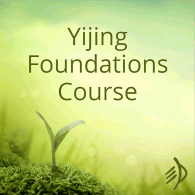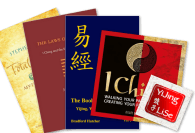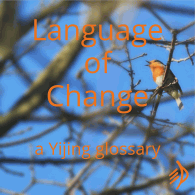
A gentle, reflective and very usable I Ching, blending true scholarship with personal understanding.
The book includes:
- An intriguing, thoughtful introduction.
- A translation that blends the received version of the Zhouyi with emendations taken from the Mawangdui (MWD)manuscript. (With just one exception, she doesn’t tell you which is which – but she does give you page references to Wilhelm/Baynes, Lynn and Shaughnessy’s Mawangdui translation for each hexagram, and the Chinese text she’s using in an appendix.)
- A translation of the Image. (Oh, except for hexagram 36, where it’s replaced by an excerpt from the Tuanzhuan. Odd.)
- Commentary on just eight of the line texts – but there are occasional interpolated glosses throughout offering a starting point for interpretation, like ‘matters affecting many people’ for ‘king’s business’ or ‘eliminating all your defences’ for the walls collapsing into the moat.
- An original, helpful commentary on each hexagram as a whole, based largely on the trigram imagery, blended with natural imagery from the Zhouyi and insights into Chinese thought and history.
My full review of the book is here; see the comments for a response from the author.
I like
- the clear, authoritative way she gets past anachronistic notions of yin and yang
- her clear and vivid commentary on Image and trigrams
- her awareness of the I Ching as oracle and wise advice on its usage
I wish
- for much, much more interpretation
- for a translation of the whole received version, not ‘hybridised’ with the Mawangdui
Recommended for
- Non-beginners who have a store of their own ideas and could do with coming back to basics.










